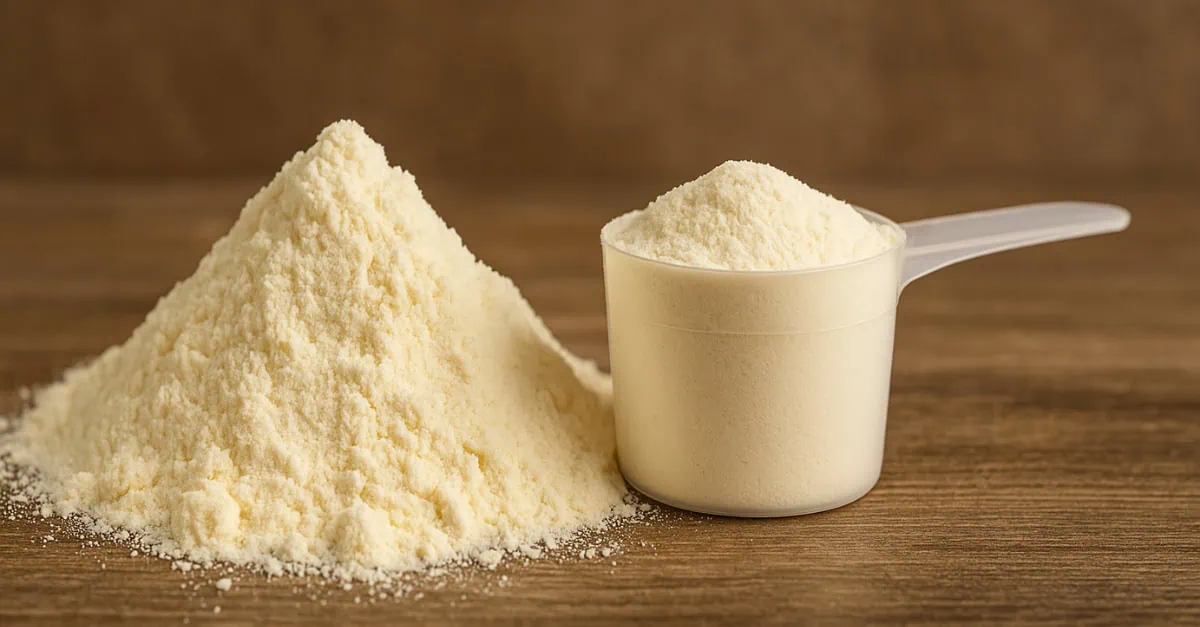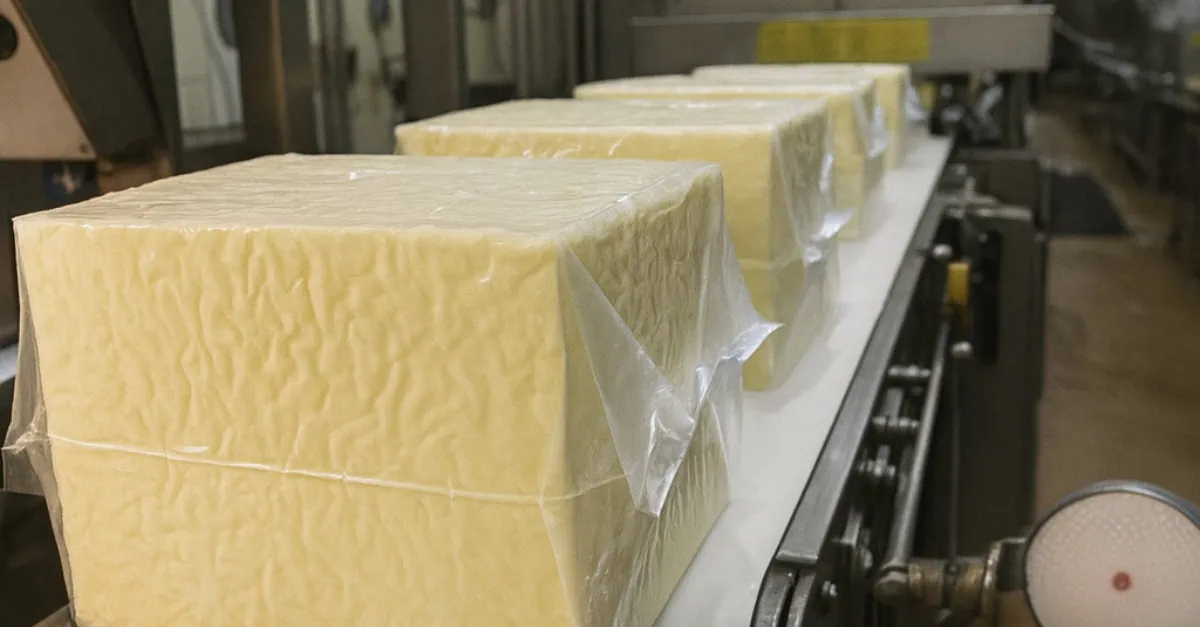Global whey markets face a complex landscape as European WPC80 prices stabilize around €12,150/mt while US markets continue their upward trajectory, driven by persistent supply constraints and sustained protein demand across food applications.
Production cuts support pricing amid market uncertainty
Whey powder production has decreased significantly across major producing regions, with Germany recording a 10.26% year-to-date decline and France down 5.75% compared to 2024 levels. US production has similarly contracted by 6.17% year-to-date as processors prioritize higher-value whey protein concentrates over standard whey powder.
The production shift reflects ongoing market dynamics where processors maximize returns by focusing on WPC80 and WPI rather than sweet whey powder, despite lower incentives for SWP production at current price levels.
Price convergence signals shifting competitive dynamics
The price spread between European and US WPC80 markets has narrowed considerably, with EU prices stable at €12,150/mt ($6.50/lb) while US prices have reached $6.00/lb at the top end of the range. This convergence creates more competitive positioning for both regions in export markets.
European markets have encountered what analysts describe as a pricing ceiling, with most Q4 contract volumes already secured and limited buyer interest in significant additional purchases at current levels. Meanwhile, US producers are already selling Q1 2026 volumes, indicating sustained confidence in demand fundamentals.
High-value proteins maintain premium positioning
WPI markets continue trading at elevated levels, with European prices holding at €19,500/mt and US prices at €19,155/mt. The sustained demand for high-protein dairy ingredients, particularly in sports nutrition and functional food applications, supports these premium valuations despite broader market uncertainties.
Global protein consumption patterns show no signs of moderating, with WPC80 serving as the primary ingredient for new product applications. This fundamental demand support keeps procurement teams actively engaged despite higher input costs.
Market outlook and procurement implications
For FMCG procurement managers, the current market structure presents both challenges and opportunities. While high-value proteins remain expensive, the stabilization of WPC80 prices in Europe suggests some pricing predictability for Q4 planning.
The narrowing price differential between EU and US markets provides procurement flexibility, allowing buyers to optimize sourcing strategies based on logistics and contract terms rather than significant price advantages.
Lower-value whey products including permeate and lactose continue offering cost-effective alternatives for applications where high protein content is not critical, with strong Asian demand supporting these market segments.
For complete market analysis including detailed price forecasts and supply chain insights, access the full Vesper intelligence report on the platform: https://app.vespertool.com/market-analysis/2304 .





